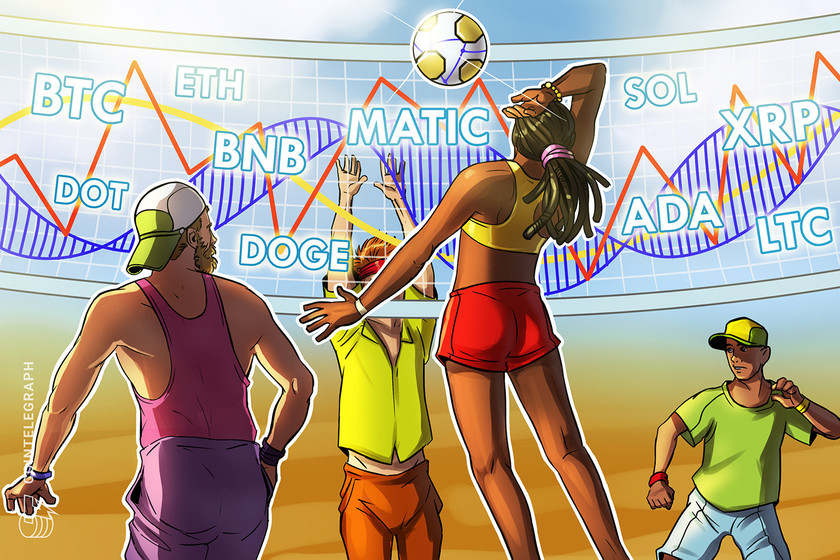Price analysis 12/6: BTC, ETH, BNB, XRP, SOL, ADA, DOGE, AVAX, LINK, TON


Bitcoin is witnessing profit-booking by short-term holders, but institutional investors continue to put money into BTC investment products.
Bitcoin (BTC) has been on a tear, rising more than 10% this week. This shows that traders are urgently scrambling to buy Bitcoin as they anticipate the price to rally further. CoinShares data shows that investors have pumped in more than $1.44 billion into Bitcoin investment products in the past ten weeks.
The expectation is that the approval of a spot Bitcoin exchange-traded fund (ETF) will attract huge investments. Animoca Brands CEO Robby Yung, while speaking at the Next Block Expo conference in Berlin, said that Bitcoin ETFs could generate a potential income of “$10 to $12 billion.”
While long-term investors have been accumulating Bitcoin, the short-term holders (STHs) holding coins for 155 days or less have been busy booking profits in December. CryptoSlate research and data analyst James Van Straten, while sharing a Glassnode chart on X (formerly Twitter), said that STHs in profit sent roughly $5 billion worth of Bitcoin to exchanges in the first four days of December.








































